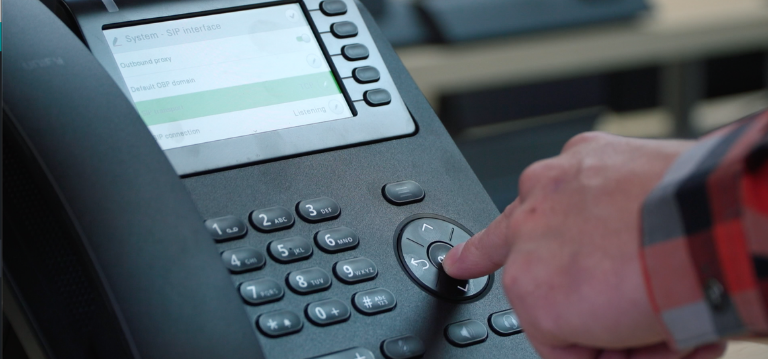Call centres have evolved and moved from being stand-alone telephone systems to integrated, automated, always on contact centres that are able to solve consumers’ issues. Here’s what call centre systems should take note of and include.
Call centres often conjure up images of rows and rows of desks with people sitting behind them answering calls but modern call centres have evolved to be so much more than this. The call centre is essentially the front line of any business that provides a product or service at scale. And as customers become more demanding, customer service can be what sets a business apart from its competitors. According to the Microsoft 2018 State of Global Customer Service report, 61% of consumers have stopped doing business with a brand due to poor customer service.
With continuous technological developments and changes in consumer behaviour, the call centre has shifted from a basic stand-alone telephone system to an integrated product that can interact with other systems and channels. Customers expect choice and convenience and this involves various touch points like social media, email, chatbots, etc., that provide a streamlined customer service experience. According to the same report, over 50% of consumers use 3 to 5 channels for customer service and often for the same issue. Furthermore, 33% of consumers said that the most important aspect of a good customer service experience was getting their issue solved in a single session. This makes integration even more critical to the success of any call centre as good integration allows for excellent customer service.
At the very least, a call centre system should have communications systems PABX, contact system software, client systems software, wall boards, voice recording and screen recording for social media, web chats and chatbots as well as virtual agents. Higher spec PCs allow for quicker response times which is important for consumers. Historical data based on the customer lets the agents see what the customer has experienced in the past, and they are therefore able to assist them better. Voice biometrics can also be used to shorten the traditionally long and outdated security checks.
Automation
Did you know that 66% of people try to use self service before contacting anyone at a call centre and that 88% expect a brand to offer an online self-service portal? With artificial intelligence (AI) and chatbots, generic queries and frequently asked questions (FAQs) can be automated. Consumers are also moving towards social media as their communication norm when it comes to customer service and they expect answers immediately. All these changes and developments indicate that we are moving towards a more automated environment. Implementing and adopting these systems will allow businesses to be trendsetters and have a competitive advantage.
Are you interested in seeing if your current communications technology meets today's standards? Why not take our tech audit and we’ll help you find out.
Employee happiness
Even the most advanced technology would be wasted if you have unhappy call centre employees. The technology and equipment used should be set up so that it is easy for staff to use in an environment that fosters wellbeing. Too often short - term savings are the deciding factor when setting up systems, which in fact could cost your company more in the long run. Investing in good equipment, such as comfortable headsets with Bluetooth and noise cancelling capabilities and ergonomically designed workstations in an area with windows all contribute to the utility of each employee. The environment should be conducive to work which will in turn enhance productivity. Careful consideration should be made when setting up or upgrading a call centre because of the high stakes involved.
Managers should set clear call centre metrics and KPIs so that everyone knows what they are working towards. Managers need to be able to get stats and analytics quickly and easily from the call centre in order to make informed decisions.Call centres should also have mobile access so that agents can work offline or remotely if they need to.
Technology has moved to the cloud and as a result has become more streamlined, readily available and most importantly, more affordable. These systems can be set up in data centres or be stand-alone depending on your company’s needs.
Where to next?
At Nashua Communications, we understand this shift and offer solutions to these challenges via our Atos Unify offering. Atos Unify has been at the forefront of communications technology globally by focusing on research and development.
Nashua Communications call centre and product technicians are all certified to Level 3 and are trained to address and support all technical, user support and training centres in the SADC region.
Stay informed about everything new that happens in the cloud communications space by subscribing to our informative blog.





